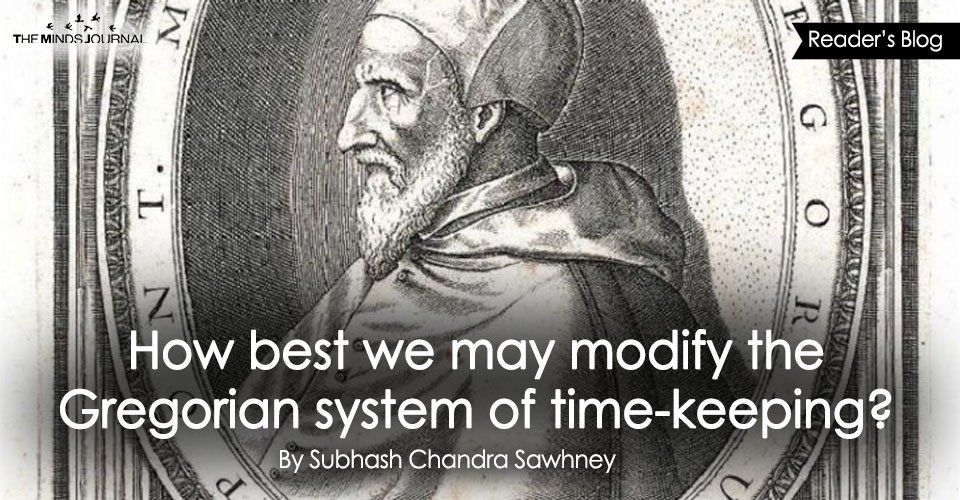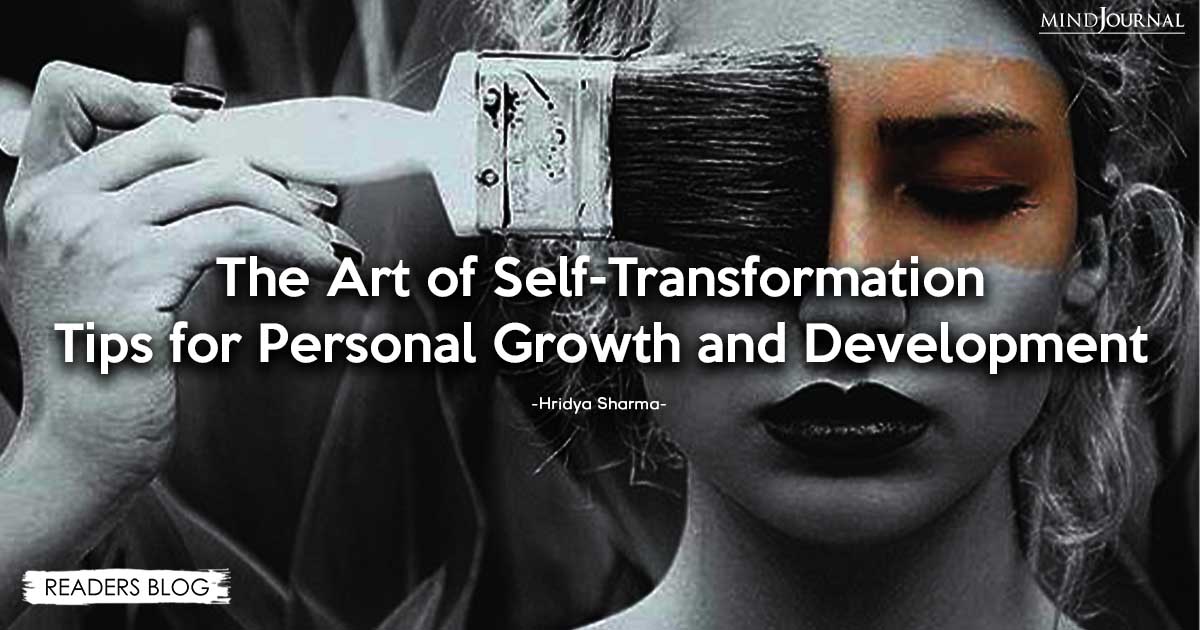Just imagine if we would have used a decimal system for the time-keeping also, as being used by us for the distance measurement, it would have taken the world by storm.
Quite uproarious, we would have, perhaps, landed up having 10 months in a year, 10 weeks in a month, 10 days in a week, 10 hours in a day and, probably, 100 minutes instead of 60 minutes in an hour and even 100 seconds in a minute.
We are so well tuned to the Gregorian system of time-keeping that we may never think of adopting any such system as above, ever.
Of course, we keep on hearing some whispers in the corridor – why some years should, at all, have 365 days and some of them 366 days? Why do we have leap years? Is there no way possible to get rid of them? Or why we could not have had all months of the same number of days – some are of 30 days some are of 31 days and, amazingly, one of them of only 28 or 29 days? Why, though, a year runs through 365 or 366 days, 52 weeks run through only 364 days?
No doubt, it gives an impression of being a very lopsided and, so to say, quite inconsistent system of a sort.
Let us talk about the worm of leap years, first.
It looks, as though, our ancestors were not in the habit of thinking straight.
If it were not to have been so they would not have given us a system so ridiculous as to have to measure distances also in miles, each mile having 8 furlongs, each furlong having 220 yards, each yard having 3 feet and each foot having 12 inches as if they were all moon-struck.
Are we not comfortable with the decimal system of measuring distances in kilometres, metres, centimetres and millimetres? It has eased our life so much.
True but the story of time-keeping is really not of the same genre.
It depends on the time the earth takes one full round of the sun. It is approximately 365.242189 days (which may vary by 30 minutes) and may keep on shifting millennium to millennium by 0.06 day per millennium.
But a question arises – who is at fault?
The fault lies in the fact that we defined the duration of the second, first.
It was like putting the horse in front of the cart.
A “second” has been defined as the duration of 9,192,631770 periods of the radiation corresponding to the transition between the two hyperfine levels of the ground state of Caesium 133 atom at a temperature of 0°K.
It is simple mathematics – if, ever, we would have redefined the second as the duration of 365.242189/364 times 9,192,631770 periods, that is, 9,224,002610 periods instead of 9,192,631770 periods of the radiation, the year would have been of only 364 days – which would have given us neat 52 weeks in a “solar year”.
Another problem has been highlighted in the following words at https://en.wikipedia.org/wiki/Tropical_year.
According to Blackburn and Holford-Strevens (who used Newcomb’s value for the tropical year) if the tropical year remained at its 1900 value of 365.24219878125 days the Gregorian calendar would be 3 days, 17 min, 33 s behind the Sun after 10,000 years. Aggravating this error, the length of the tropical year (measured in Terrestrial Time) is decreasing at a rate of approximately 0.53 s per century. Also, the mean solar day is getting longer at a rate of about 1.5 ms per century. These effects will cause the calendar to be nearly a day behind in 3200.
The number of solar days in a “tropical millennium” is decreasing by about 0.06 per millennium (neglecting the oscillatory changes in the real length of the tropical year).[3] This means there should be fewer and fewer leap days as time goes on. A possible reform would be to omit the leap day in 3200, keep 3600 and 4000 as leap years, and thereafter make all centennial years common except 4500, 5000, 5500, 6000, etc.
It has been suggested that we may have to omit the leap day in 3200, keeping 3600 and 4000 as leap years, and thereafter making all centennial years common except 4500, 5000, 5500, 6000, etc. to level it out. On the face of it, it appears to be quite a tenuous process.
As against it, a simple calculation shows that the length of the calendar year can be brought down to 365.242 days, well-nigh, very close to the present 365.242189 days’ solar year, simply by making the “years divisible by 2000” also “non-leap years”, as per following calculation. .
If we make the “years divisible by 2000” also “non-leap years” we shall have 1516 non-leap years and 484 leap years in 2000 years. So it will yield, on an average, a calendar year of (1516 x 365 + 484 x 366) / 2000 days, that is, 365.242 days.
Of course, if we look back at the system radically, since we have divided a circle into 360 degrees if we have 360 days a year, it would bring a big change in the calendar.
- · We would have the earth revolving around the sun at the rate of straight one degree per day instead of 0.9836 or 0.9863 degree per day.
- · We could have 12 months – all of “30 days”.
Of course, if we did not like leap-years, we may re-size the “second”, once a while – depending on the length of the solar year, for instance, by making it 365.242189/360 times longer from the day we adopt “360 day-years” since currently, the “solar year” is of 365.242189 days by redefining the second as the duration of 9,326,491528 periods (365.242189/360 times 9,192,631770), instead.
Of course, it would call for re-setting all the atomic clocks installed all over – even the clocks of various GPS satellites – besides all personal clocks all over the world. So it would require a consensus of all countries at an international level to do so.
Therefore, it would have been better if such change would have been done before ever any GPS satellite would have been put into any orbit, around the earth.
Let us not forget the old adage, “It is never too late to take a right step.”
Though it may look funny, no denying, if we did not mind having leap years we may still continue with the existing system but we may have one leap-week in a 365 day-year and two leap-weeks in a 366 day-year.
We may even name these leap-weeks as “Easter-week” and “Christmas-week” or as may be deemed fit.
If we have 360-day years, we shall have 51 weeks a year with three leap-weeks but would be able to bid goodbye to the dreaded leap years, permanently.








Leave a Reply
You must be logged in to post a comment.